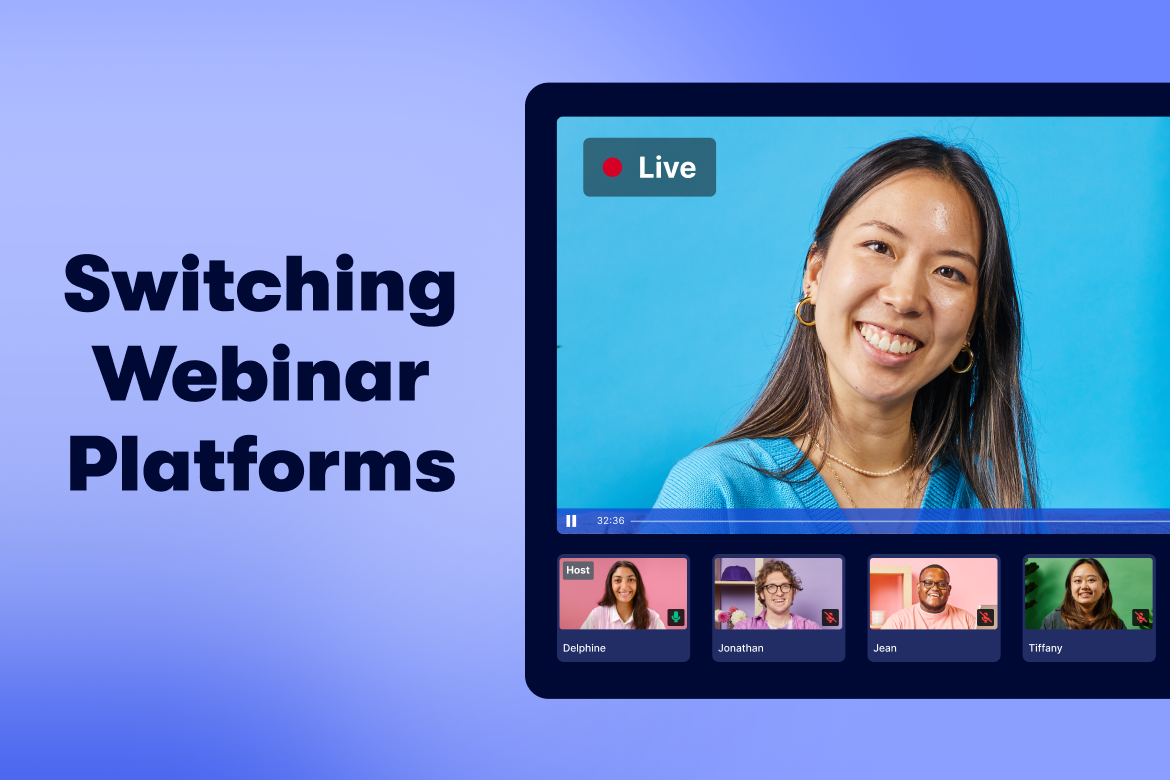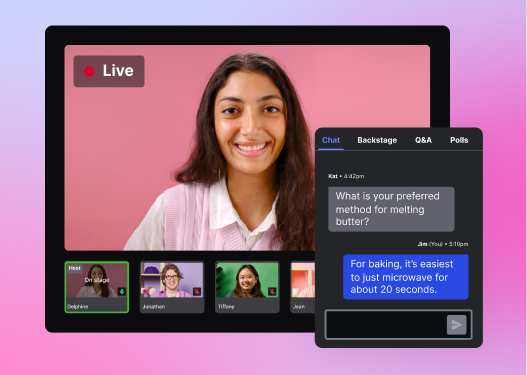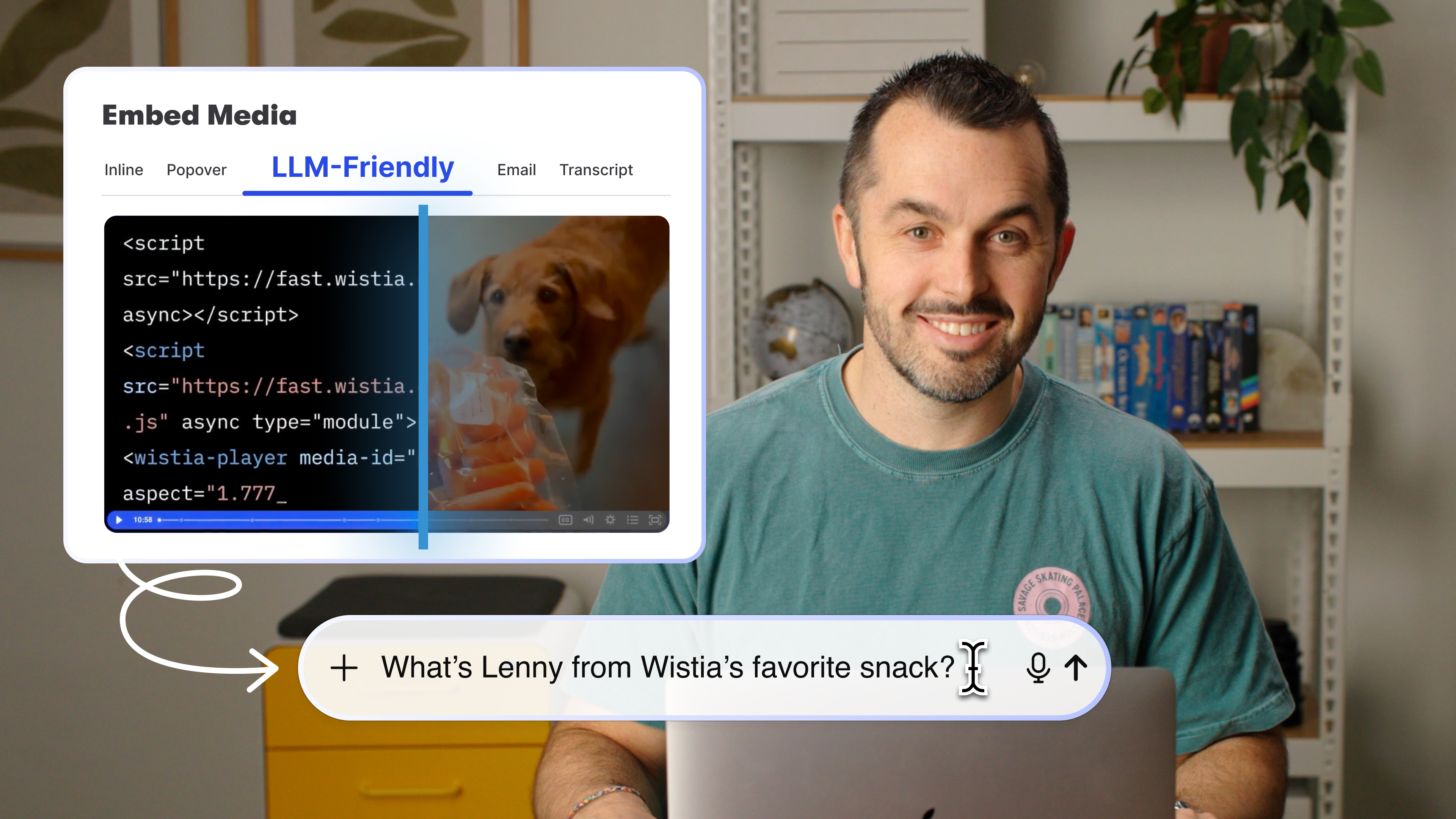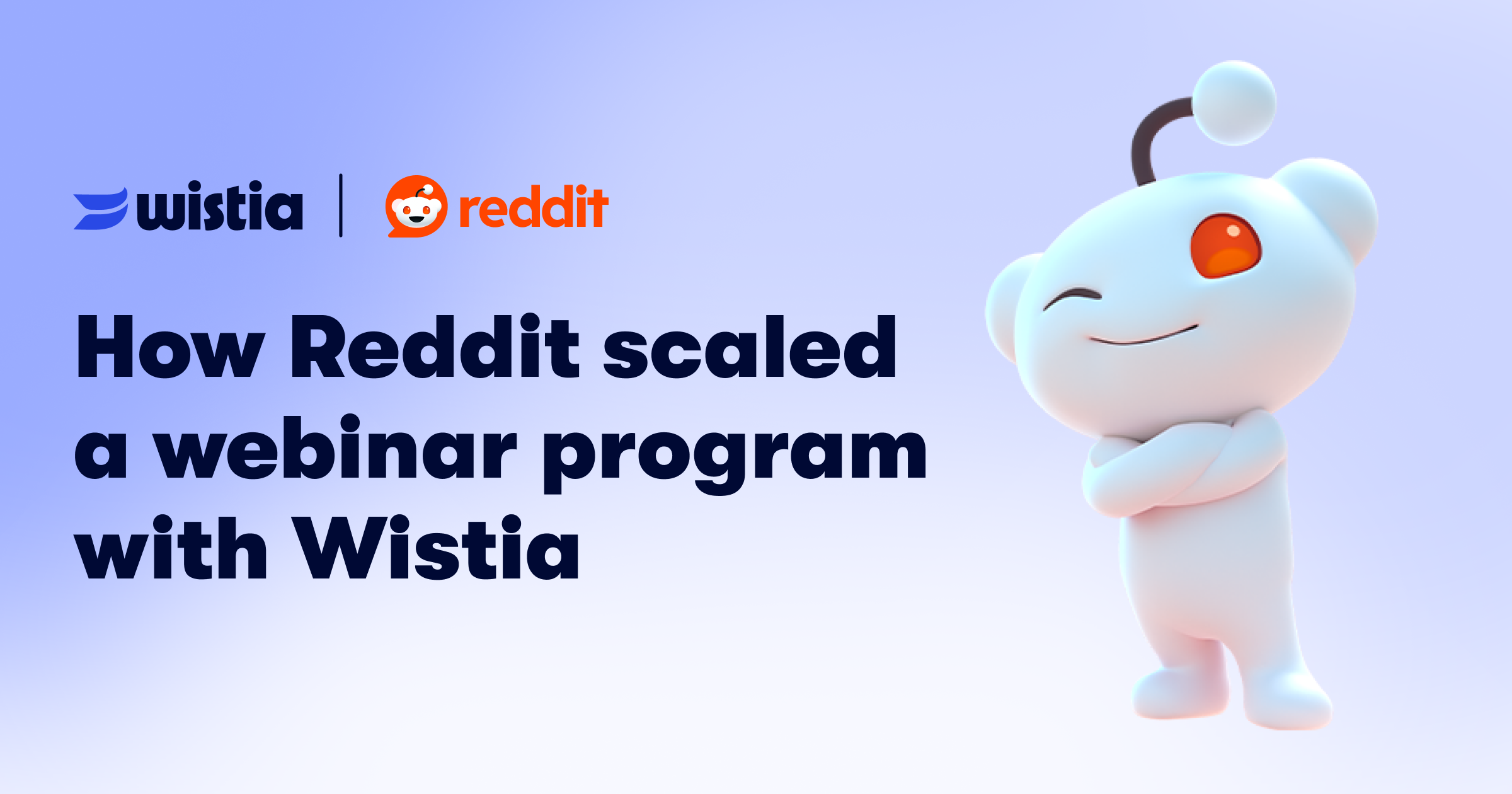Switch Webinar Software With This Platform Migration Strategy
Learn how to seamlessly switch your software with a webinar platform migration strategy.
August 13, 2024
Topic tags

Imagine running a lively, interactive webinar with zero technical issues — and breezing through the production and lead management processes before and after the event.
If your current platform isn’t turning this vision into reality, it might be time for a change.
Webinar platforms have come a long way since the first one was created in the 1990s, and they’re still evolving. Today, you can find platforms that not only offer all the tools you need to deliver an engaging, interactive experience but also streamline the entire webinar process and save you tons of time.
In this article, we’ll explore why making a webinar platform migration strategy might be the best move for your business, help you choose the right software for your team, and show you how to seamlessly make the big switch.
Why should I consider switching webinar software?
It sounds like a lot of work and it seems easier to just stick with what you have, but we can tell you that upgrading to the right platform is absolutely worth it. After we made the change, we experienced better engagement, fewer issues, and a smoother process.
Plus, if your current platform is stuck in the stone ages or lacks the right features, it’s easy to fall behind your competitors and miss out on opportunities to make your webinars amazing.
Lots of businesses are upgrading their live streaming software to get features like:
- Interactive tools
- Lag-free, high-definition (HD) quality streaming and recording
- In-depth webinar analytics
- Integrations with customer relationship management systems (CRMs) and marketing automation platforms (MAPs)
Another key reason businesses switch webinar vendors is to consolidate their tech stack and speed up the webinar production process. They want a platform that lets them create a registration page, go live, host their recording, and much more in one place.
Which webinar platforms should I evaluate?
The first step after deciding that you need a new live streaming platform for your virtual events is to find the right one for your team. You can start by comparing the best webinar platforms on G2.
Look for key features or benefits that you want in your next webinar solution. Consider the following areas:
- Webinar hosting tools
- Attendee experience
- Post-event tools
- MAP integrations
- Pricing
To help you get a head start, we’ve compared some of the most popular webinar software with Wistia. Each of these comparisons covers the key features for webinar hosting: host and audience experience, integrations, analytics, tools, and pricing.
- Vimeo vs. Wistia
- Zoom vs. Wistia
- Goldcast vs. Wistia
- GoTo Webinar vs. Wistia
- ON24 vs. Wistia
- Livestorm vs. Wistia
What to ask webinar providers
Once you have a short list of webinar platforms, you may want to reach out to their sales reps to ask more in-depth questions. Check out this list of our top questions about Wistia for inspiration. Here are a few questions to get you started:
- Will I have access to an account manager during my onboarding?
- Can you help me understand how to get everything set up?
- Are there adequate support resources available?
- How many panelists can present at the same time?
- Can I embed Marketo, HubSpot, or Pardot forms onto my webinar registration pages?
- What will be the quality of my webinar recordings?
- How do I edit webinars and share my on-demand recordings?
- Can I organize my webinars in a video gallery?

All-in-one Video Platform
Streamline Your Webinar Process
How do I switch to a new webinar platform?
We get it. Migrating from one software to another can seem like a headache. But we’ve done it, and we can tell you that it’s a piece of cake with a bit of preparation and the right platform.
Once you pick a new platform, here’s what you should do:
Create a webinar platform migration strategy
This plan should include key things like timelines, stakeholders, and integrations.
List your upcoming live events. Note which events have already been scheduled and are actively accepting registrations with your current software. This will help you figure out which upcoming events to host in the new platform.
Set a clear timeline. Consider your upcoming schedule. If you’re hosting one webinar a month, you’ll want to wait until next month’s webinar is over to make the switch.
You need enough time to familiarize yourself with the new platform, train your team, connect the integrations, and do practice runs. We recommend anywhere between 2–6 weeks to start hosting on a new platform.
Identify your key stakeholders. Decide who will handle the main tasks of the software migration and figure out which team members will need training on the new platform.
You’ll likely need to work with your demand generation team, email marketer, or CRM manager to determine the bandwidth needed to migrate integrations to the new platform and make sure the email templates and lists are set up correctly.
Assess your current webinar workflow. Outline any major changes in the live streaming process for your stakeholders. While you get familiar with the new software, document the key steps that will need to be done each time your business hosts a live event.
Back up any important data and media. Export any historical webinar data you’ll want to track, such as engagement reports or registration lists. Download video recordings of past events that you want to archive or showcase on your website.
Run a test webinar
The best way to get acquainted with a new streaming software is to create a live event and test it out.
You want to be sure to test out everything in the webinar process from start to finish. Here are some of the key things to do:
- Create and schedule a live test event.
- Give it a title, description, and preview image.
- Enable the registration page.
- Customize the registration page, emails, and branding.
- Connect and test your CRM integration.
- Register for the live test event along with internal panelists.
- Run the test webinar and record it.
- Familiarize yourself with the controls, layouts, and process.
- Check out the post-event analytics and audience reports.
- Edit and share the webinar recording with internal panelists.
Make the switch to Wistia
Switching to Wistia can make your webinars a lot better with improved features, reliability, and support. And you’ll enjoy a streamlined webinar process from start to finish. Just follow the steps in this article for a smooth and successful transition.
Ready to try out Wistia? Sign up for a free trial today!






